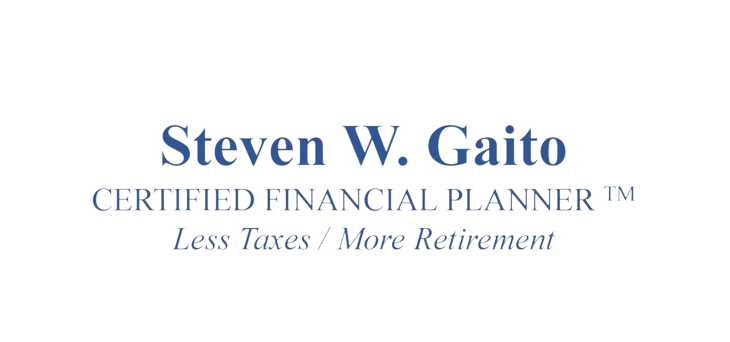
It’s a scenario we’ve all experienced: cruising down the highway, preparing to change lanes, only to be startled by the blare of a horn. Yes, there was a car lurking in your blind spot. Despite being a careful driver who adheres to traffic rules, the fact remains that just because you can’t see something doesn’t mean it isn’t there.
In my practice, which focuses on retirement planning, I’ve noticed that many individuals are unaware of what they don’t know. Two areas that frequently emerge as blind spots are taxes and long-term care. Consider this: approximately 70% of individuals turning 65 today may require some form of long-term care. Furthermore, about 20% of those needing care will require it for more than five years. With the current annual cost of care hovering around $100,000, it’s clear that this is a significant blind spot for many. Traditional long-term care plans function akin to homeowners insurance, operating on a “use it or lose it” basis. Conversely, asset-based plans involve leveraging existing assets to cover long-term care needs, offering added flexibility and benefits. I’m eager to illustrate how these plans work and how they could benefit you.
Long-term care isn’t the only blind spot; taxes also pose a significant challenge. For many retirees today, 401(k) plans and IRAs constitute the bulk of their retirement assets. As pensions become less common, understanding the tax implications of these assets becomes crucial. While the appeal of qualified retirement accounts lies in tax deferral, the time eventually comes to withdraw funds, and taxes must be paid. Presently, we find ourselves in historically low tax brackets, making it advantageous to withdraw as much as possible to meet our tax obligations. However, there’s a consensus among experts that taxes are likely to rise due to factors like COVID-19 and soaring national debt. Failure to account for this reality could result in reduced income longevity. Moreover, the transition from filing taxes jointly to single after the death of a spouse can lead to significant tax rate increases.
I specialize in helping individuals navigate these blind spots. Through thorough analysis of their tax obligations and exploration of tax diversification strategies, I empower clients to optimize their retirement resources. My mission is simple: to help you pay fewer taxes, secure more income, and mitigate risks associated with market fluctuations and long-term care expenses. I offer this analysis at no charge because I believe that awareness of these blind spots is invaluable. Don’t let blind spots derail your retirement plans—schedule a consultation today, either in person or via Zoom, and let’s chart a course for a more secure retirement future.
